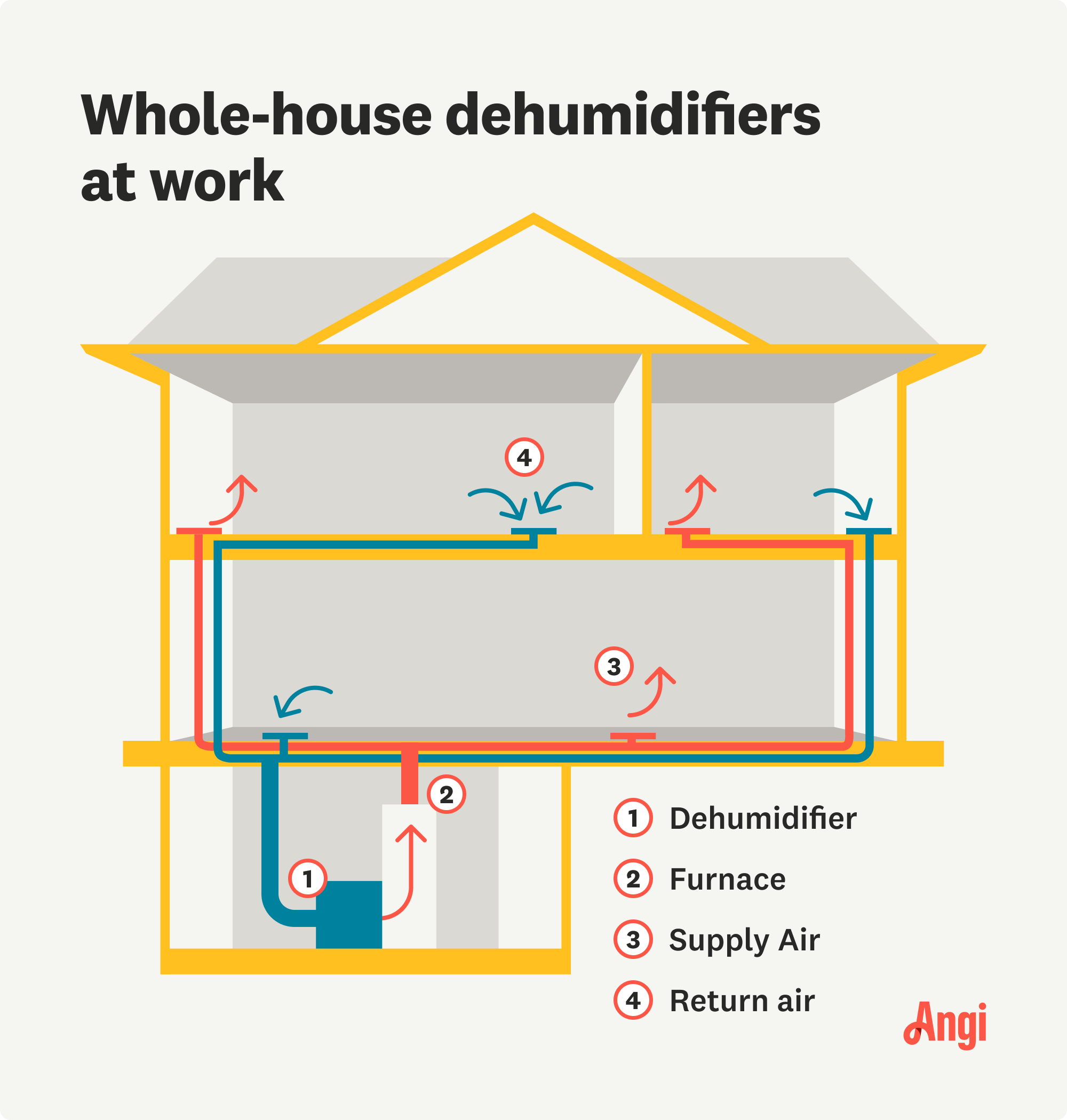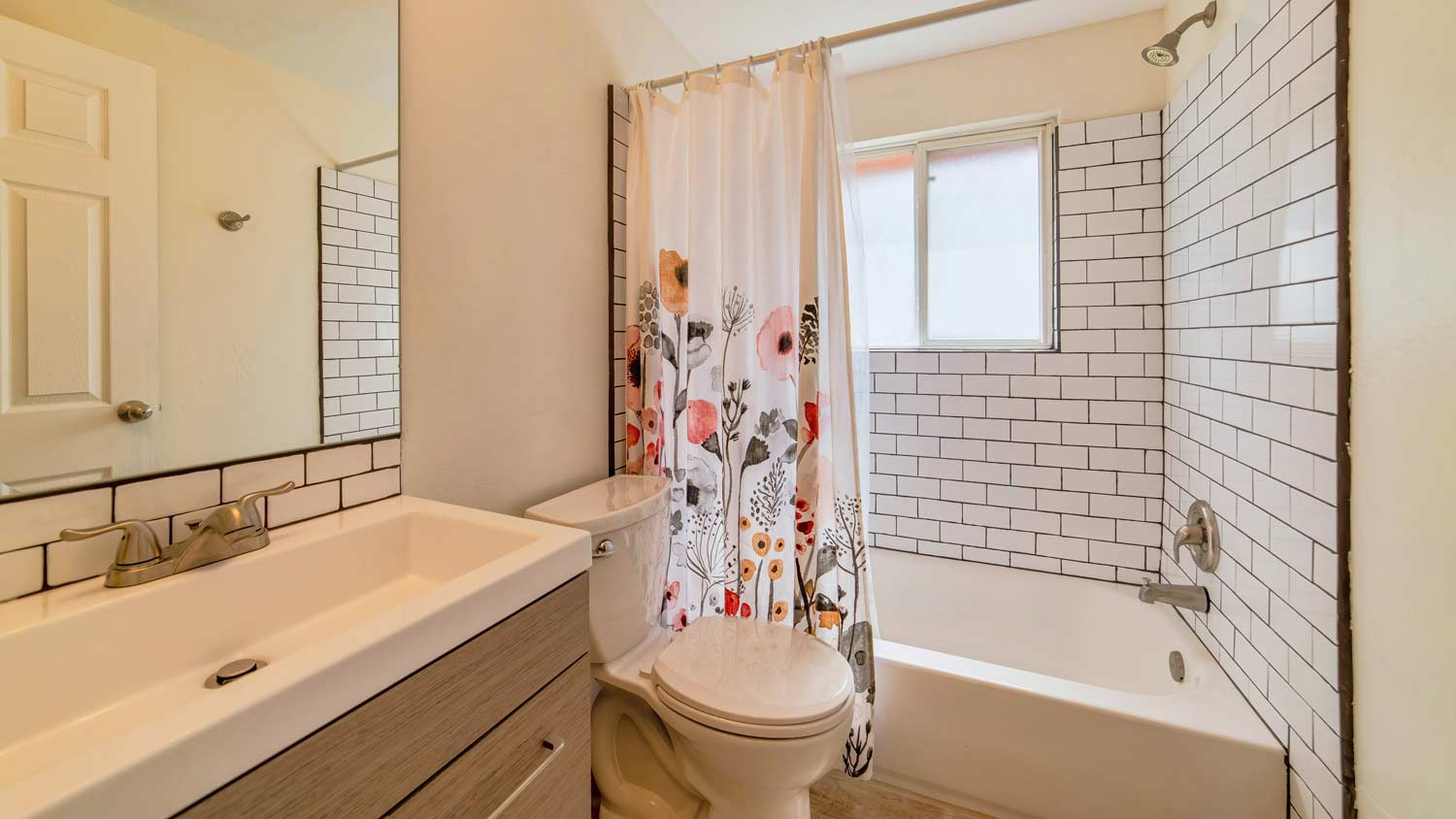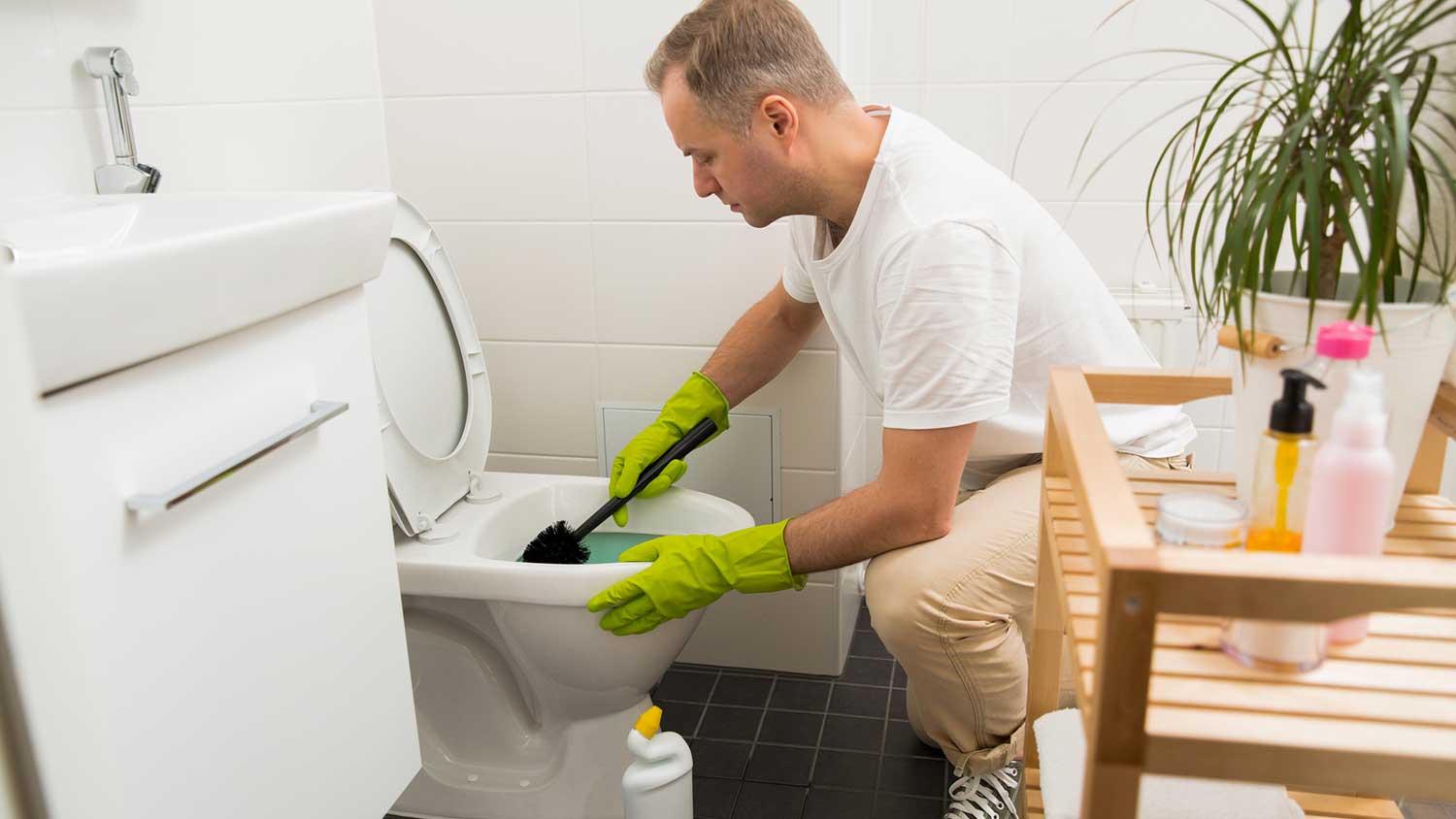Why Your House Smells Musty (But There’s No Mold)
Vent your smelly-house frustrations by pinpointing the smell and eliminating it


If you can’t find the source, you may have mold in your walls. Call a pro.
Moldy and mystery smells are almost always in moist places.
Kitchens, bathrooms, and utility rooms are common culprits.
Wet clothes, damp bags, and soiled carpets can also cause a musty smell.
There are so many reasons your house smells musty or moldy, and finding them can often be more challenging than fixing the issue. You can usually follow your nose to locate the problem, and fixing it is usually quite simple. Most of the common issues are highlighted below, but if you can’t find the smell, ask someone for help, as everyone’s nose is different!
Causes of a Moldy Smell in Your House
If you’re 100 percent sure there’s no mold in your house after doing a thorough mold check, the next step is locating the source of the musty smell. Most of these types of smells come from a moisture source, so start your search where water is present (or has been recently).
Drainage Issues
Plumbing can sometimes be more of an art than a science, with drains becoming clogged, water pooling inside pipe kinks, and grates trapping particles that smell if left uncleaned. Common drainage issues that cause a moldy smell often occur in the following places:
Bathtub or shower drains
Kitchen sinks
Dishwasher drainage lines
Washing machine drainage lines
Any indoor utility sinks
Any older plumbing where there is an open vent, such as bathroom floor vents
It’s common for mold to spread in these areas, so after you locate the smell and clean it with an antimicrobial solution, make sure you check for any signs of mold. It never hurts to overclean!
Lack of Ventilation
Most people become used to the smell of their own home, which is why other houses have a “smell,” but you can’t smell your own. You may not notice the lack of airflow until you throw open all the windows and let a breeze move through your house. Fans placed in or near windows that direct outwards can also increase ventilation.
The fresh air is part of what adds to that new, crisp, clean air feeling that happens during spring cleaning. If you can’t locate a single moldy-smelling source, consider that it may just be a lack of ventilation (or the following cause).
Excess Humidity

Humidity in the air is often the cause of mold, but it can also cause a strong smell even if no mold has formed. Dehumidifiers fix this issue, as does proper ventilation. However, in colder months especially, it may not be feasible to vent the entire house.
In this case, try to be preventative: run the bathroom fan whenever bathing, run a dehumidifier as much as possible, or swing open the windows if humidity rises above 50 percent. Indoor humidity should be 25-50 percent, usually rising in the winter and falling in the summer.
A whole-house dehumidifier can work wonders in keeping your home’s humidity levels at ideal levels.

Damp Carpets, Shower Curtains, And Clothes
Did you recently spill a liquid on a carpet? Do you have pets that may have soiled the carpets without you knowing? What about hanging clothes, are they bone dry? Thick shower curtains can also trap moisture, causing a musty, moldy smell. You should be able to isolate this issue without much work. Once you find it, clean the item again (you may need to hire a pro for carpet cleaning), making sure it’s completely dry before putting it back.
Water Damage
Water damage is an unfortunately common occurrence for homeowners. Even a faucet that drips once an hour can add to significant moisture damage. If there is any damage to drywall, wood, carpets, hardwood, or literally anything else in your home, consider that the damaged area is what’s causing a moldy smell. If you can, remove and replace it—especially for cheaper fixes like drywall and paint.
Recent Renovation
Another reason for a musty smell is if your house recently underwent a renovation. This can happen when moisture becomes trapped during the construction phase. In that scenario, your home would be at risk for mold growth behind walls and certain finishes. Certain building materials, like wood, paint, and glue, can also create unpleasant odors that can be mistaken for mold. Proper ventilation during a remodel or renovation can help keep musty smells at bay. Hiring a local HVAC company can help ensure optimal ventilation in your home.
Other Possible Causes
What happens if you’ve checked all of the above, but still can’t find the smell? You’ll need to be more creative with possible sources. Things like aquariums, indoor plants, water pitchers, flower vases, gym bags, and other such places can cause a moldy smell. Follow your nose to find the source. If you’ve done everything and checked everywhere, and the smell persists, call a mold inspection or testing pro near you.
If you can smell the odor and you can’t see it, usually that is a sign of something more serious. Mold can hide behind your walls and floors and will require a professional mold remediation company to run indoor air quality tests.
Tips to Remove and Prevent a Moldy Smell From Your House

There are two ways to remedy a moldy smell in your house, and they work best when done simultaneously. They should be done in this order:
Locate the source of the smell. Clean it if it’s physical, or remove humidity if it’s in the air.
Ventilate the house. Set up fans to remove air, and let fresh air in, for at least 8 hours.
Preventing a moldy smell from occurring is slightly more intensive but if you stay on top of it, you shouldn’t experience this smell often.
Follow the tips below to keep moldy smells at bay:
Clean regularly and thoroughly. Use vinegar, bleach, or antimicrobial sprays.
Ensure proper ventilation with fans, open windows, or HVAC systems.
Find water leaks and fix them promptly, especially those that affect walls and carpets.
Try not to overwater any indoor plants.
Regularly clean any pet areas like aquariums or pet bowls.
Periodically vent basements, crawl spaces, and attics.
Regularly change the air filter in HVAC units.
Make sure all clothes are dry before storing them.
Frequently Asked Questions
When you smell something, it’s because the particles of what you are smelling are floating through the air. If you smell mold, it means that it’s airborne, and whether or not it’s harmful depends on the type of mold. It’s very hard to tell the difference between molds, even with the internet to guide you. Call a professional as soon as you see mold, they will test it, remove it, and make sure you aren’t breathing anything harmful.
You can find the smell of mold in your house in two ways: following your nose, and using common sense tactics like looking anywhere there’s water first. Mold cannot form in a completely dry environment, which is why you see mold much more often under kitchen sinks than on garage floors. If you have looked everywhere and still can’t find the source, hire a pro, because you may have mold in your walls.
Mildew and mold are not different—mildew is a specific type of mold and yes, it can become dangerous if left untreated. It would be amazing if we were all biochemists but because we most likely aren’t, it isn’t wise to assume any mold is mildew on sight alone. Harmless mold and toxigenic mold (which can be deadly) look very similar, so if you see any new mold that looks even a little suspect, call a mold professional immediately.
















